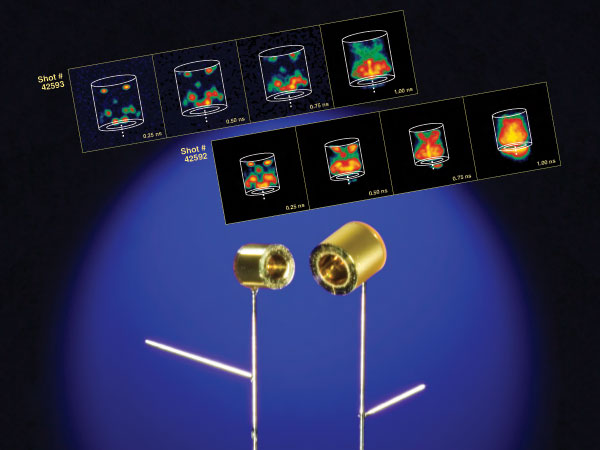“Supernova in a bottle” could help create matter from light
Ars Technica » Scientific Method 2014-05-19

In 1934, two physicists came up with a theory that describes how to create matter from pure light. But they dismissed the idea of ever observing this effect in the laboratory because of the difficulties involved in setting up such an experiment.
Now, Oliver Pike of Imperial College London and his colleagues have found a way to achieve this dream 80 years after US physicists Gregory Breit and John Wheeler explained their theory. This group hopes to use high-energy lasers aimed at a specially designed gold vessel to convert photons into matter/antimatter particle pairs, recreating what happens in some exceptional stellar explosions.
Pike, who led the research published in the journal Nature Photonics, said, "The idea is that light goes in and matter comes out." To be sure, the matter created won't be everyday objects; instead the process will produce sub-atomic particles. "To start with, the matter will consist of electrons and its antimatter equivalent positrons," Pike said. "But with higher energy input in the lasers, we should be able to create heavier particles."
Read 12 remaining paragraphs | Comments